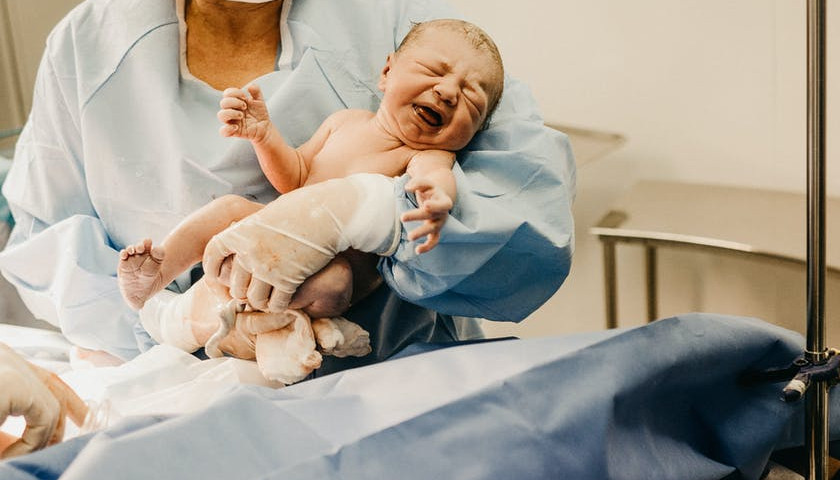by Laurel Duggan
New research suggests plummeting birthrates in the U.S. are driven by culture, not economic factors.
A winter 2022 study found that the trend of declining birthrates began with the 2007 crash but continued throughout the economic recovery and did not reverse during the strong economy of the 2010s.
“The post-2007 decline in births is driven more by a decline in initial childbearing (first births) than by women not having larger families (third and higher order births),” per new paper. https://t.co/xvFaVC3VRE
— Inst. Family Studies (@FamStudies) February 23, 2022
 “The lack of any rebound in births and, in fact, their continued decline following the end of the recession further suggests a role for factors beyond the Great Recession,” researchers noted.
“The lack of any rebound in births and, in fact, their continued decline following the end of the recession further suggests a role for factors beyond the Great Recession,” researchers noted.
The steepest declines in birthrates were found among women in their 20s, Hispanic women, as well as females without high school degrees and those with four-year degrees, according to the study. Teens also saw declining birthrates, but this was part of a trend that long preceded 2007, researchers explained.
The researchers addressed claims that the declining birthrate could be driven by factors including the widespread use of long-acting reversible contraceptives (LARC) such as IUDs, rising rent and childcare costs, student debt and improvements in women’s economic positions, which increases the opportunity cost of having children.
The researchers demonstrated that these factors didn’t actually cause the declines by breaking down the data to the state level: the correlation between increased use of LARC and birthrates is almost zero; areas with rising childcare costs did not experience noticeable drops in birthrates; and there was no relationship between declining birthrates and student debt increases, rent increases or increases in women’s earnings compared to men’s, the study found.
The study also rejected the idea that declining religiosity caused declining birthrates. If anything, the researchers noted, the declining religiosity may have been linked to increased birthrates in some instances.
The researchers concluded that the change is likely driven by shifting priorities across different age groups, citing a new emphasis on individual autonomy and a de-emphasis on marriage and parenthood.
The 2007 crash was a likely catalyst of the sudden birthrate decline, researchers acknowledged, but they suspected that the steady decline sustained through 2020 “reflects broad societal changes that are hard to measure,” particularly changing preferences regarding careers and parenthood.
– – –
Laurel Duggan is a reporter at Daily Caller News Foundation.





